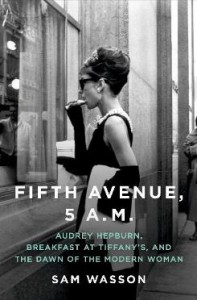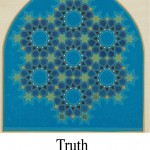When Paramount was gearing up to release “Breakfast at Tiffany’s,” a film that would go on to usher in an entirely new and more authentic depiction of women on screen (even if it had still had a long way to go), they had to be careful. Audrey Hepburn nearly turned down the role of the free spirited good time girl Holly Golightly, the film she is most remembered for today.
And therein lies the crux of Sam Wasson’s masterful book on the making Breakfast at “Tiffany’s” and its cultural significance. At this time in film history it wasn’t okay to play this type of character. On screen good girls were good and bad girls were bad. There was no gray area. But “Tiffany’s” would change all that, and show the world that not only did this gray area indeed exist, but it was a lot of fun to be single and liberated woman–even if you were just playing one.






